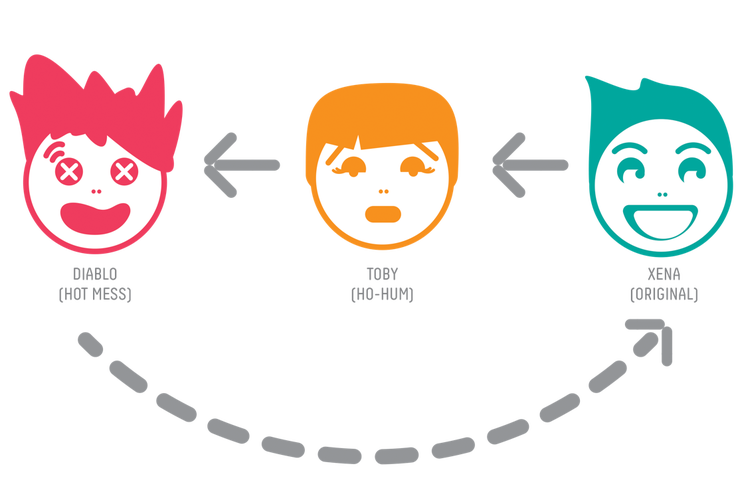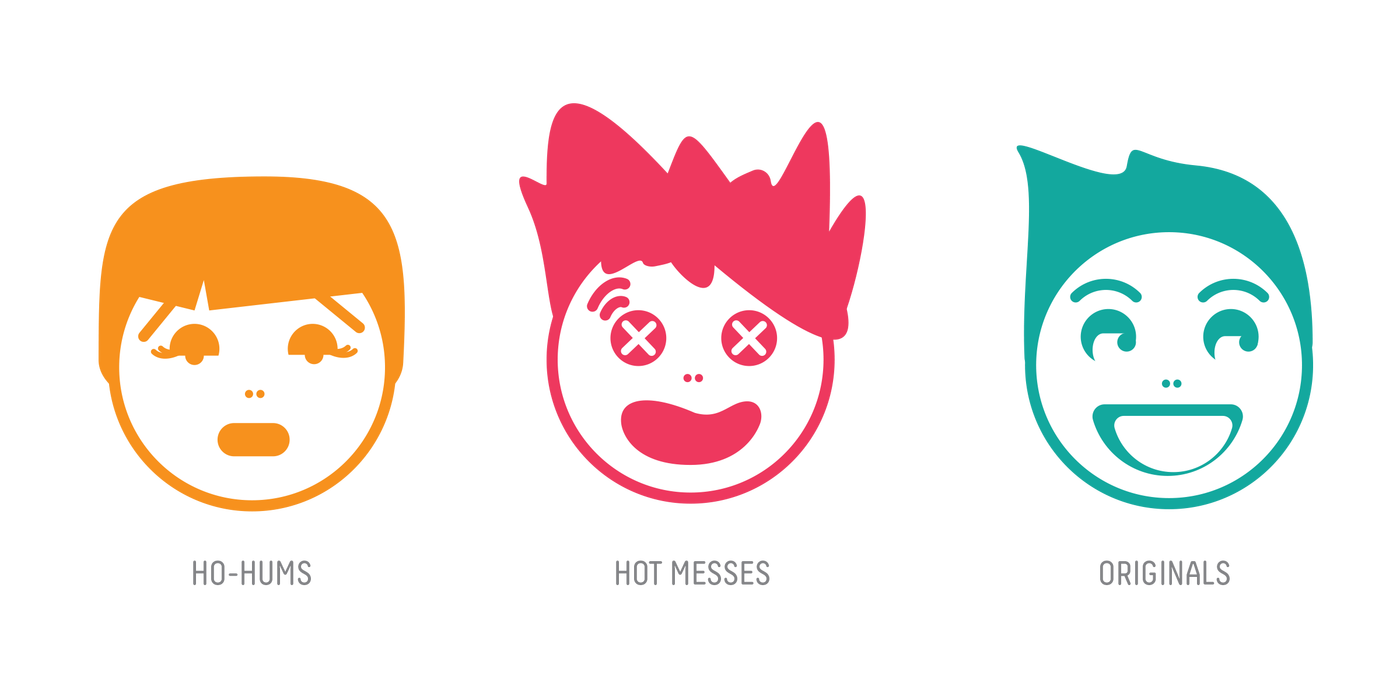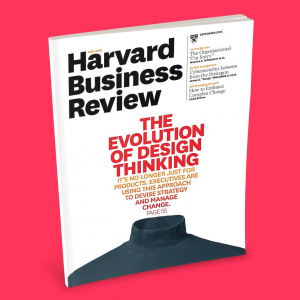“What’s your company’s vision?” I asked an interviewee for the 10th time this week. I’m not complaining, mind you. After conducting hundreds of interviews with internal stakeholders (staff, administration, board, faculty, volunteers), I still love that question. The answer conveys a gold mine of information about an organization’s current health. It also can determine its future.
When I first began to include reputation and brand awareness research in my work, I intended to use it to inform clients’ communications strategies. To test my process and set a baseline for measuring change, I ran concurrent audits with three existing clients, first. The stakeholders responded pretty perfunctorily to the questions, until I asked about vision. One organization’s people all spoke passionately about their company, using similar language to explain the vision. They appeared emotionally engaged in the business and talked about feeling in control of their work. The internal audiences from the second company gave a wide range of answers, many times admitting they had to guess the leadership’s vision. They seemed lethargic, even bored. The third group responded initially with silence or even anger. This was followed by an embarrassed or resentful “I don’t know.” There was a consistency of response within each organization, even if in companies like the second one, answers varied dramatically.
As my research pool of organizations grew larger and broader, it became apparent this pattern was not unique to an industry, company age, or budget. It also turned out to be a harbinger of their future. Over the course of typically two to five years, the first group continued their healthy growth, experienced little turnover, and when presented with challenging situations, bounced back quickly. The second and third groups were a different story. (I’ll talk about them more in a minute.)
The Triplets. Each company’s unique energy and personality boiled down to three archetypes collectively I call The Triplets. Perhaps one sounds like your own organization?

Xena the Original. Xenas are all about growth. These originals are authentic, with unique identities and vision. The boldest examples inspire emotion and sometimes a cult-like passion from their audiences. They have a little fear but turn that into energy that fuels them. If there is one negative about a Xena it’s that they tend to have more new ideas than staff or time.
 Toby the Ho-Hum. Tobys come in a few different varieties but what they have in common is little to no energy. They play it safe and are change adverse. As a result, they are late adapters. These ho-hums are great emulators of others after those companies have proven the path. When I think of a Toby, I think of the human resources director on the television show, The Office.
Toby the Ho-Hum. Tobys come in a few different varieties but what they have in common is little to no energy. They play it safe and are change adverse. As a result, they are late adapters. These ho-hums are great emulators of others after those companies have proven the path. When I think of a Toby, I think of the human resources director on the television show, The Office.
 Diablo the Hot Mess. Diablos only exist in crisis. These hot messes have a fear-based energy. Like deer in the headlights, they are paralyzed.
Diablo the Hot Mess. Diablos only exist in crisis. These hot messes have a fear-based energy. Like deer in the headlights, they are paralyzed.
The (De)Evolution Cycle. Back to the research! Feeling like I was on to something, I poked further into these companies’ histories and discovered one more pattern that has become the cornerstone of DefCult’s strategy process today—The (De)Evolution Cycle. All, yes all, organizations begin life as adventurous Xenas, bursting with new ideas and compelling visions. But as organizations age, they are susceptible to “de-evolution.” Some turn into Tobys— change adverse, fractured or a little too content. They could tread water here forever, except that crisis happens, eventually. Depending on how broken an organization’s internal network has become, even a light crisis can turn a Toby into a Diablo. One hot mess.

The Cycle of (De)Evolution
Unlike the typical business development cycle where a start-up eventually grows into a large company, The (De)Evolution Cycle moves backward and forwards. While Tobys seem to rarely evolve, Diablos can and do rise from the ashes and evolve into Xenas. Ironically, a crisis can grant some organizations the latitude to consider their purpose in ways they were never allowed to before. Those that are successful are given time, proper support, and the right to re-invent.

DefCult Definitive Purpose Model
What is your vision and who knows it? This brings us back to that vision question. If nothing else, the research showed a direct correlation between vision, effective internal communication, and the land of Xena.*
Xenas, or those interested in continued growth, evolve their visions regularly as goals are achieved. The Xena vision is not a stuffy paragraph that is created and then goes untouched for years. It is a passionate and regularly updated claim about your heart—the reason why you exist; your unique gift—the value proposition you offer the world; and where your ship is headed—your vision. At DefCult we call it a Definitive Purpose.
But that’s just half of it. For one to steer clear of Diablo Land, this living vision can’t stay a secret. It must be actively communicated regularly to your crew—the team and loved ones that support you. They need to know where the ship is headed next so they too feel in control of their future. When storms hit, it’s easier to right a ship with all hands on deck, working together.
*This key takeaway became the reason to launch DefCult and is our chief guiding principle.
Elizabeth Hinckley is the founder of DefCult. Find out which archetype your company resembles and how DefCult can help you create an actionable vision and Definitive Purpose that ensures you live in Xena Land forever. Contact us today.







